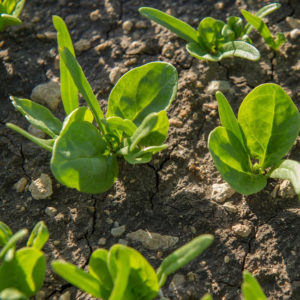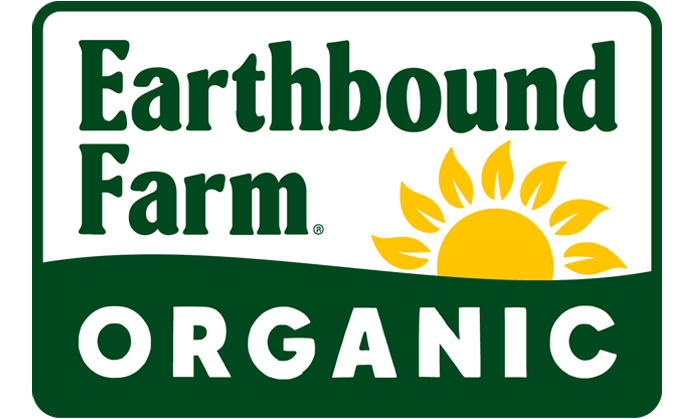5 Fun Nuggets about Organic Baby Spinach
Organic baby spinach is a superstar of kitchens and tables everywhere. Maybe it’s because there’s so much nutritious goodness packed into every leaf. Maybe it’s that slightly sweet and mildly earthy taste. Maybe it’s just how dang tender it is. Maybe it’s a combo of all those reasons and more.
every leaf. Maybe it’s that slightly sweet and mildly earthy taste. Maybe it’s just how dang tender it is. Maybe it’s a combo of all those reasons and more.
Whatever excites you about spinach, here are a few fun facts to impress your friends and family with.
#1: Those skinny little “leaves” in your organic baby spinach are not grass. Those little “leaves” are cotyledons. Cotyledons, you say? Yes. The cotyledon is basically an embryonic leaf that is the first leaf (or leaves) to appear when a seed is germinating. Cotyledons are responsible for photosynthesis to get the little spinach plant growing, but are not true leaves because they are present in the seed before it germinates. True leaves grow after the seed has germinated. Typically, those cotyledons fall away before it’s time to harvest. So when you see a few cotyledons in your package of spinach, our farmers probably had to harvest the spinach slightly earlier than planned, usually because Mother Nature threw them a bit of a curveball with unexpected weather or other unfavorable conditions. Those cotyledons aren’t bad for you, so no need to worry if you find some. But now you’ll have insider knowledge about what was going on with the farm at harvest.
basically an embryonic leaf that is the first leaf (or leaves) to appear when a seed is germinating. Cotyledons are responsible for photosynthesis to get the little spinach plant growing, but are not true leaves because they are present in the seed before it germinates. True leaves grow after the seed has germinated. Typically, those cotyledons fall away before it’s time to harvest. So when you see a few cotyledons in your package of spinach, our farmers probably had to harvest the spinach slightly earlier than planned, usually because Mother Nature threw them a bit of a curveball with unexpected weather or other unfavorable conditions. Those cotyledons aren’t bad for you, so no need to worry if you find some. But now you’ll have insider knowledge about what was going on with the farm at harvest.
#2: Organic Baby Spinach is our most popular crop. Is that surprising? Or no? Back in the olden times (you know, maybe 40 years ago), when spinach as only available in unwashed bunches, cans, or frozen, US fresh spinach consumption was a fraction of what it is today (see #3). Spinach was more duty than delicious back then. But pre-washed organic baby spinach is so versatile and yummy. It’s like that perfect party guest who strikes up fun yet substantive conversations with anyone and puts the whole group at ease, without relying on fluff. Spinach brings deep nutrition you can love to any dish and even blends into the background when you need it to.
#3: On average, Americans consume 1.5 pounds of fresh spinach annually. Or that’s what the USDA’s Agricultural Marketing Service says (up from the all-time low of .29 pounds in 1975). But for that average to make sense, knowing how much organic spinach you all put away, we have to believe there are way too many Americans out there that eat no spinach at all. Because we know that some of you can run through that much in a week or less. We have to grow thousands of acres of spinach to keep up with your appetite for this gorgeous green.
#4: When we get a request from a video production company to shoot a video in a field, it’s always a spinach field. We know…this one’s kind of random but also kind of fun. Why is it spinach the cinematographers crave? It’s that gorgeous, velvety, emerald green of a spinach field. No other crop looks quite so luscious as a backdrop.
#5: Spinach is an important part of our crop rotation program. Different crops take and give different things as they grow. Part of maintaining the vibrant health of our organic soils is a meticulously planned crop rotation cycle. Soil that gets healthier and richer with organic matter the longer it’s farmed organically is the essential foundation of successful organic farming. And it’s why we’ve been able to farm organically for 37 years, growing from our original 2½ acres now to more than 14,000 organic acres today, with 550 more in transition from conventional to organic.
